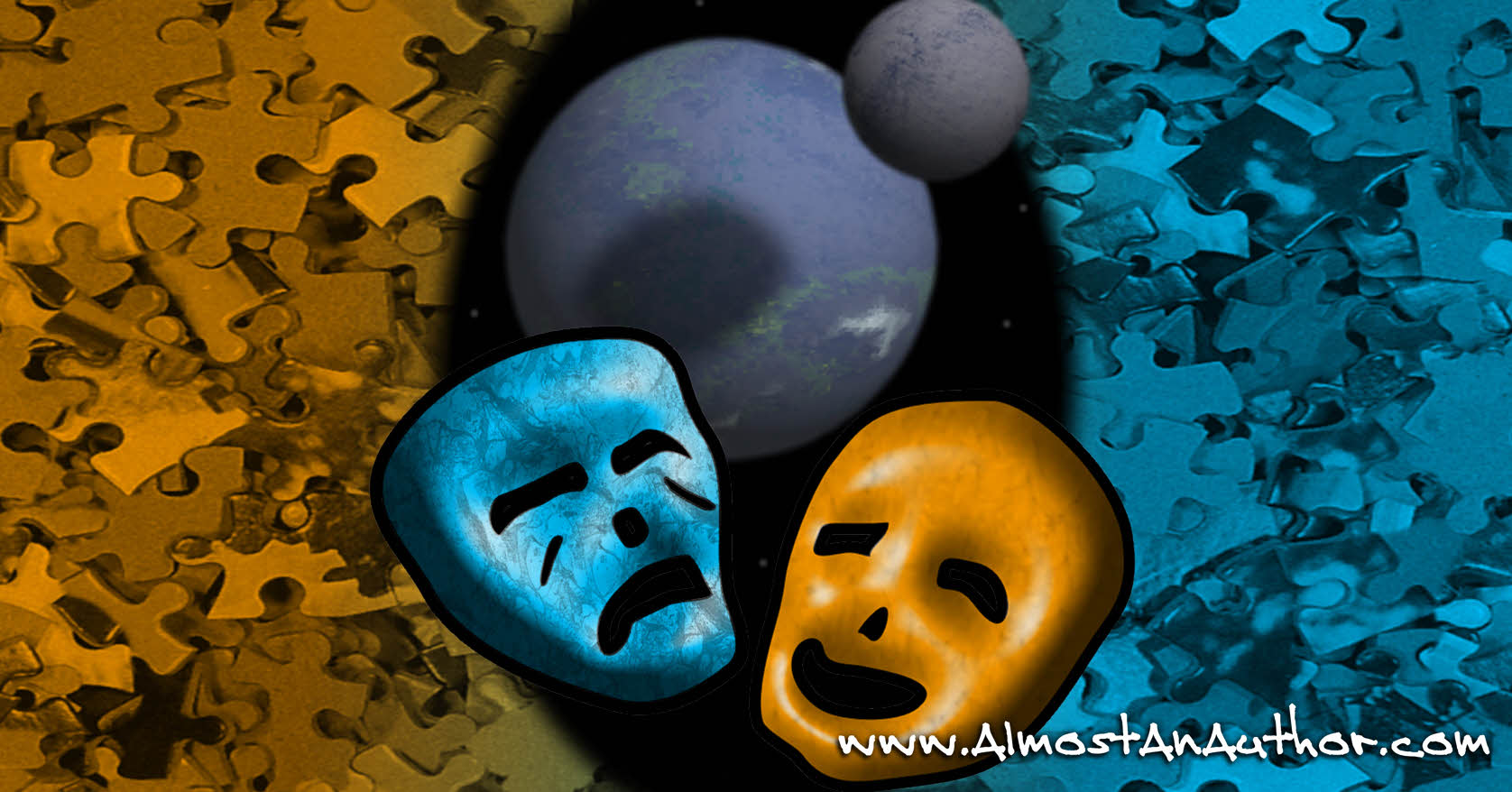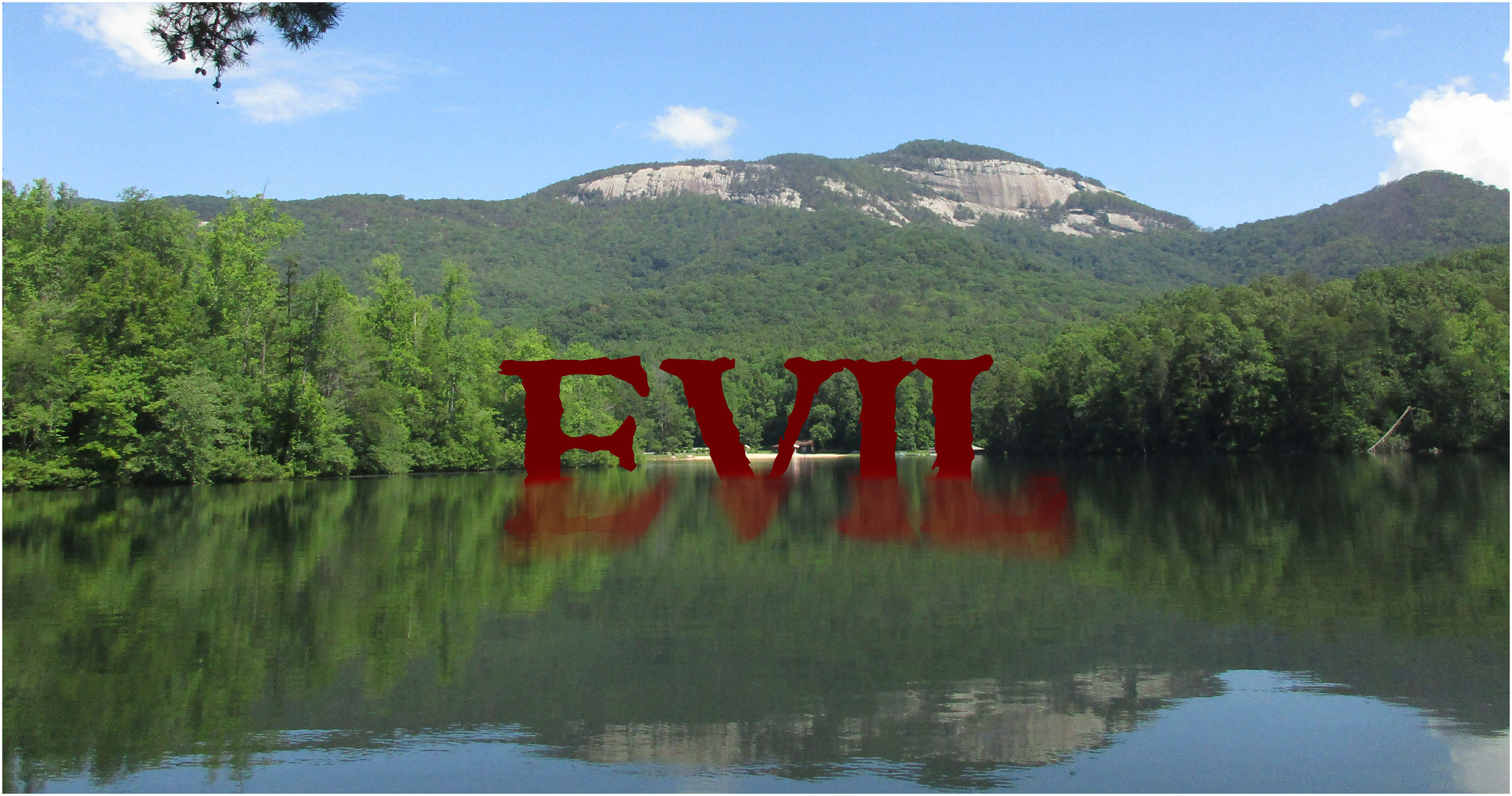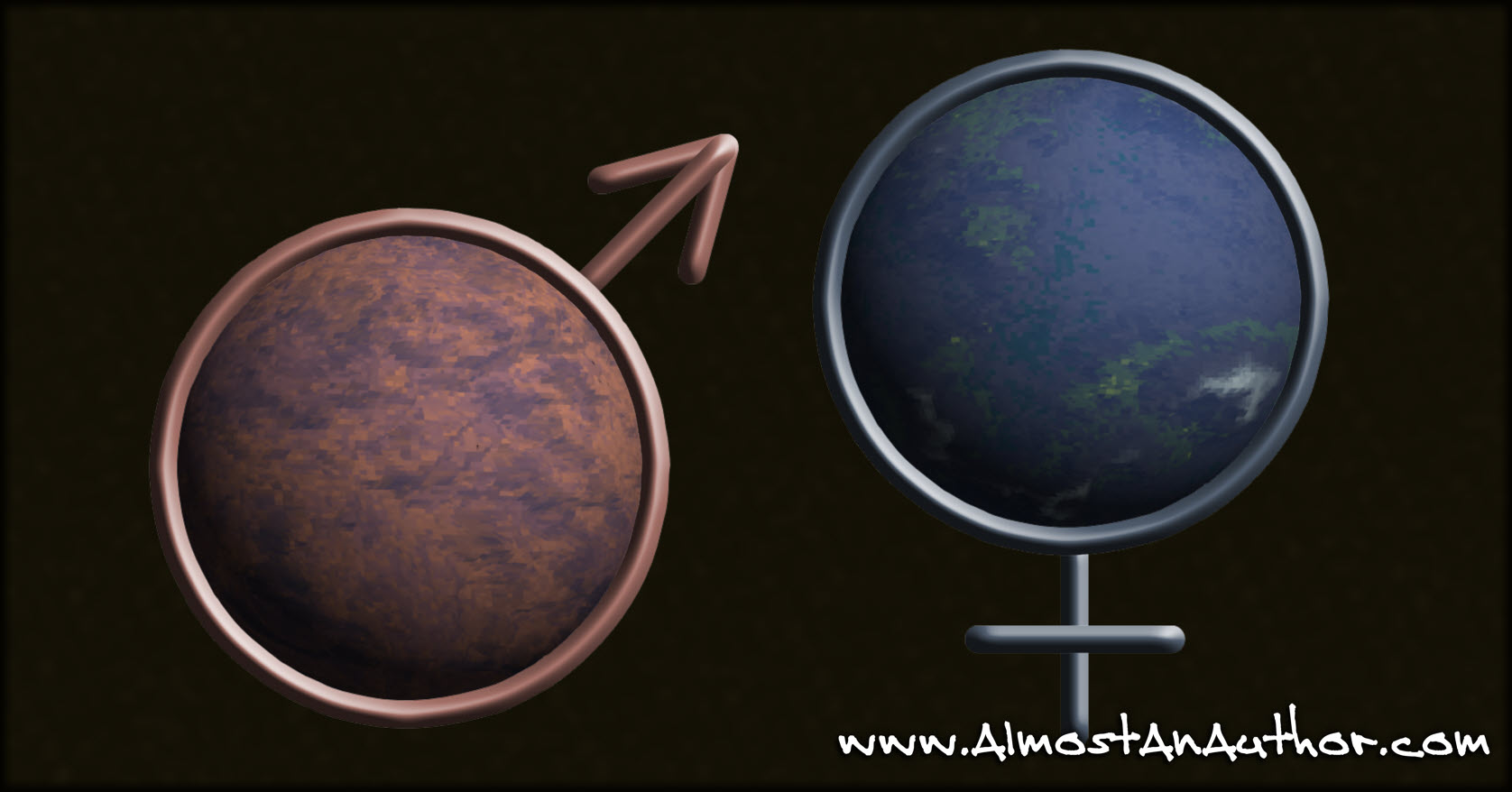
Fantastic Fairytales
Browse through your local bookstore and you’ll notice fairytale retellings are quite popular across multiple genres. These tales have…
September 7, 2018
Browse through your local bookstore and you’ll notice fairytale retellings are quite popular across multiple genres. These tales have…
September 7, 2018
Since the release of Star Trek and Star Wars, viewers of space-based science fiction have had certain expectations of…
August 7, 2018
Every writer can use a solid critique of their work, especially when they are preparing their work for professional…
July 7, 2018
Fantasy stories come in all shapes and sizes, from modern-day tales to historical adventure. One way to give your…
June 7, 2018
The trend within the fantasy and sci-fi genres is to push for more detailed world-building within our stories. While…
May 7, 2018
Which world, or sub-genre, does your novel belong to? Bookstores have general genre sections in which to categorize their…
April 7, 2018
Success. For writers this word can mean different things. One author may feel success has been achieved once their…
March 8, 2018
For many, the new year often comes with aspirations of drafting a brand-new novel. Each new idea creates the…
February 7, 2018
It’s a new year. For some writers it is an opportunity to pick up a previous work that had…
January 9, 2018
The first page of your book determines whether the reader will continue reading or if they will move on…
December 7, 2017
“Oh, you’re a fantasy writer? I love ‘The Lord of the Rings.’” “I don’t write that kind of fantasy.”…
November 7, 2017
Do your characters fight right? Action is often a big part of the fantasy and sci-fi genres. Your story…
October 7, 2017
Do portals that move your character to another time and place work within modern storytelling? This is the question…
September 7, 2017
We’ve spoken before about how little details can help color your storyworld. Societal habits, mating customs, dinner choices, and…
August 10, 2017
“It was a dark and stormy night.” One of the most famous opening lines of literature comes from Edward…
August 7, 2017
If you’re writing a novel, you can’t do so without a healthy dose of tension. Whatever the protagonist’s goal…
July 9, 2017
Fantasy Flash Fiction 101 Could you write a story in 500 words? What about 100? Flash fiction is a…
July 7, 2017
So, I’m going to be talking about sex today. Again. My last article on the subject had more to…
June 9, 2017
The beloved “sidekick.” Han had Chewy. Frodo had Samwise. Harry had Ron and Hermione. Captain Kirk had Spock.…
June 6, 2017
“A rose by any other name would smell as sweet.” This famous line, taken from Shakespeare’s “Romeo and Juliet,”…
May 6, 2017
“Murder committed on a dark and stormy night.” “A grouchy widow lives alone in a broken down cottage.”…
April 6, 2017
In what world does your story live? Sounds like a strange question, doesn’t it? After all, most bookstores…
March 6, 2017
“A group of underdogs are united through unusual circumstances and are forced to work together using their individual strengths…
February 6, 2017
Taking Critique Like a Jedi May 25, 1977, Star Wars: A New Hope—a small indie film with an unknown…
January 6, 2017
Multiple points-of-view. This topic can spark quite a discussion among authors. Some prefer showing their story through the…
December 6, 2016